🚨 SPOILER WARNING
This page contains the final **answer** and the complete **solution** to today's NYT Pips puzzle. If you haven't attempted the puzzle yet and want to try solving it yourself first, now's your chance!
Click here to play today's official NYT Pips game first.
Want hints instead? Scroll down for progressive clues that won't spoil the fun.
🎲 Today's Puzzle Overview
DOMINO LOGIC CHALLENGE | November 10, 2025 (Monday)
Editor: Ian Livengood
Test your spatial reasoning and mathematical skills with today's three-tier difficulty system:
📊 EASY PUZZLE - ID #173
Constructor: Ian Livengood
Grid Specifications: 4 dominoes
Constraint Types: Equals regions, Sum target (5, 18)
Dominoes: [4-4], [5-6], [6-4], [6-6]
Target Skills: Basic pattern recognition, sum calculation
📊 MEDIUM PUZZLE - ID #279
Constructor: Ian Livengood
Grid Specifications: 11 dominoes
Constraint Types: Multiple equals regions, Sum targets (0, 4, 2, 5), Greater-than (>2)
Challenge Level: Intermediate logic chains required
Dominoes Include: [4-4], [4-1], [4-6], [4-3], [1-2], [0-1], [5-3], [3-0], [1-1], [3-3], [1-3]
📊 HARD PUZZLE - ID #292
Constructor: Rodolfo Kurchan
Grid Specifications: 12 dominoes
Constraint Types: Complex sum networks (0-12 range), Equals regions
Challenge Level: Advanced strategic planning essential
Dominoes Include: [5-3], [6-3], [2-2], [5-0], [1-6], [0-2], [6-2], [6-4], [1-0], [1-1], [3-3], [5-5]
ACHIEVEMENT METRICS:
✓ Complete all three puzzles: Daily Domino Master
✓ Hard mode under 15 minutes: Logic Elite
✓ Zero hints used: Pure Solver
Track your solve times, master the grid, dominate the leaderboard.
Solutions available after completion. Hints system enabled for progressive assistance.
#LogicPuzzle #DominoGrid #PuzzleData #SkillTest
💡 Progressive Hints
Try these hints one at a time. Each hint becomes more specific to help you solve it yourself!
🎨 Pips Solver
Click a domino to place it on the board. You can also click the board, and the correct domino will appear.
✅ Final Answer & Complete Solution For Hard Level
The key to solving today's hard puzzle was identifying the placement for the critical dominoes highlighted in the starting grid. Once those were in place, the rest of the puzzle could be solved logically. See the final grid below to compare your solution.
Starting Position & Key First Steps
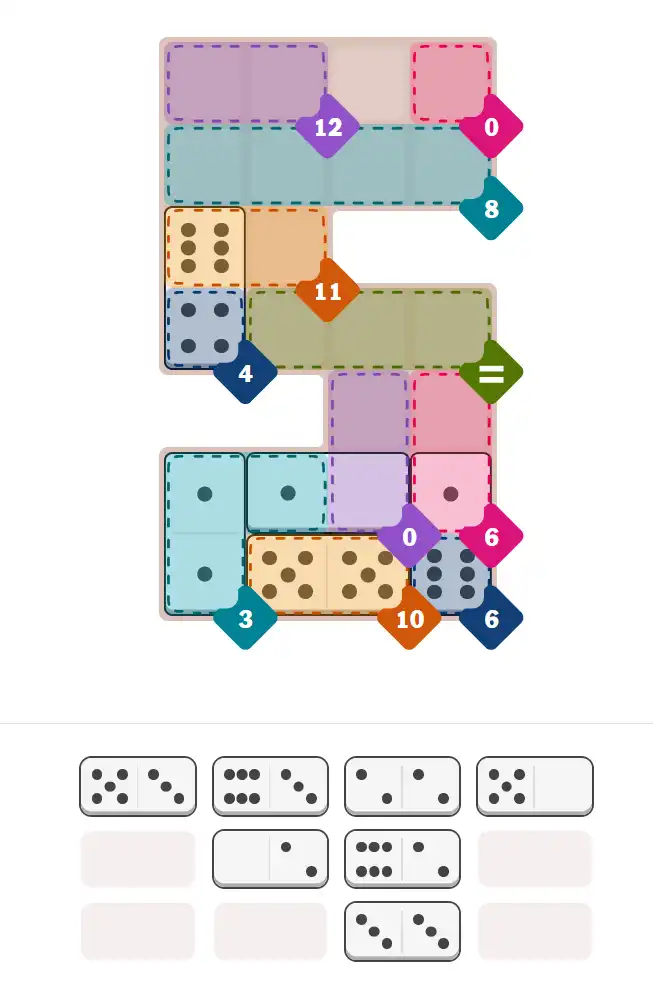
This image shows the initial puzzle grid for the hard level, with a few critical first placements highlighted.
Final Answer: The Solved Grid for Hard Mode
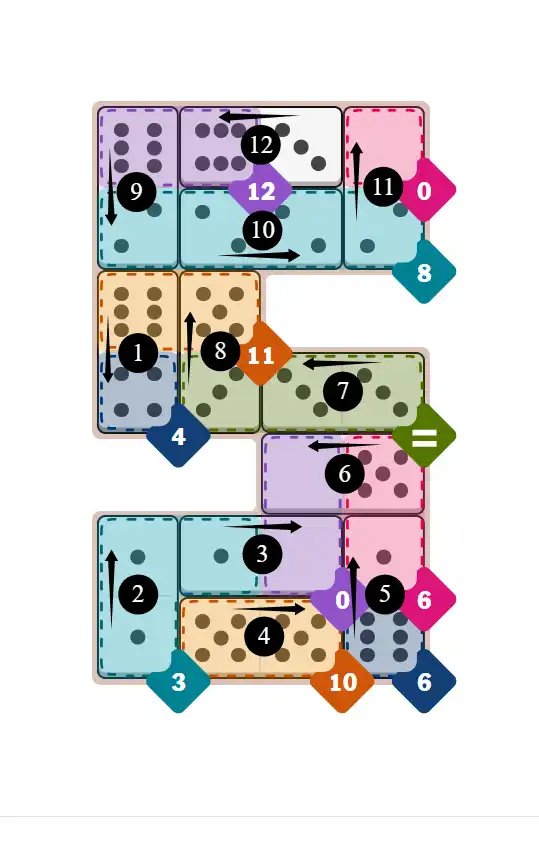
Compare this final grid with your own solution to see the correct placement of all dominoes.
🔧 Step-by-Step Answer Walkthrough For Easy Level
🔧 Step-by-Step Answer Walkthrough For Medium Level
🔧 Step-by-Step Answer Walkthrough For Hard Level
🎥 Watch today's full walkthrough video for Easy, Medium, and Hard puzzles.
This video covers step-by-step solutions for all difficulty levels (Easy, Medium, Hard) and highlights key strategies for each. Watch it alongside the step-by-step walkthrough above for best results.

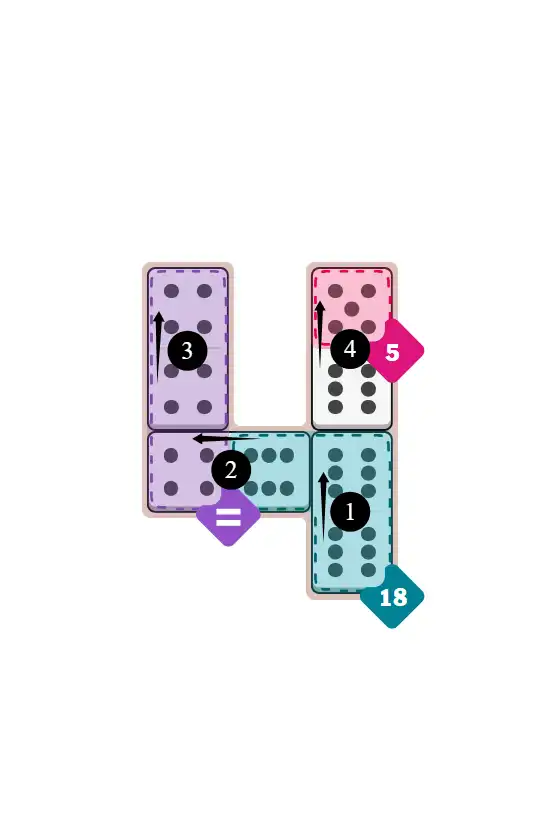
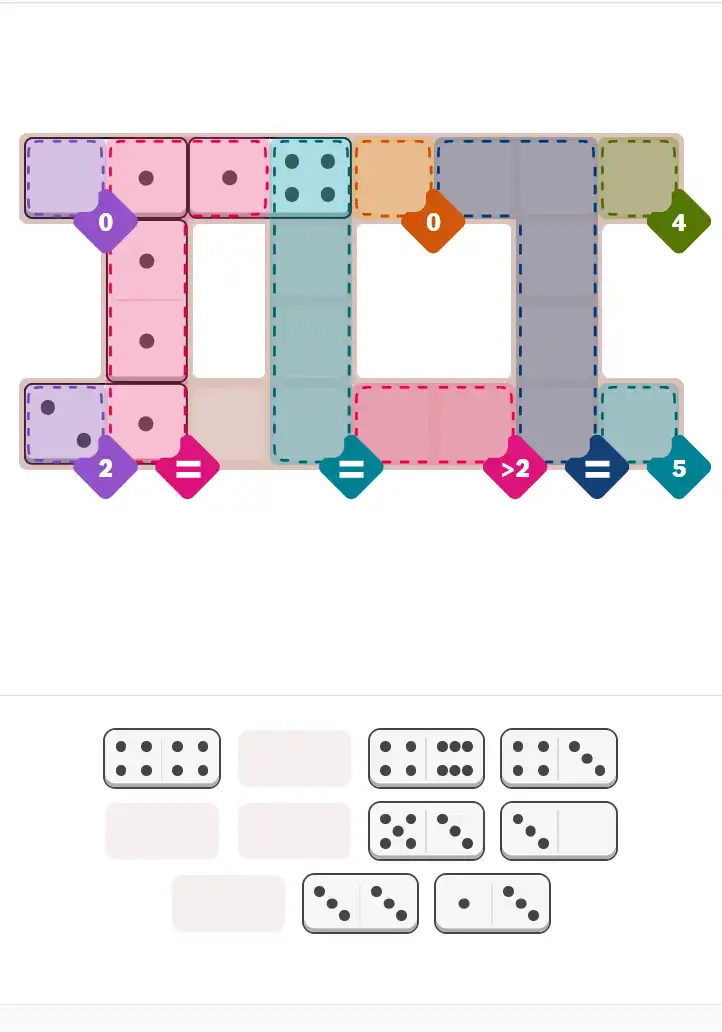
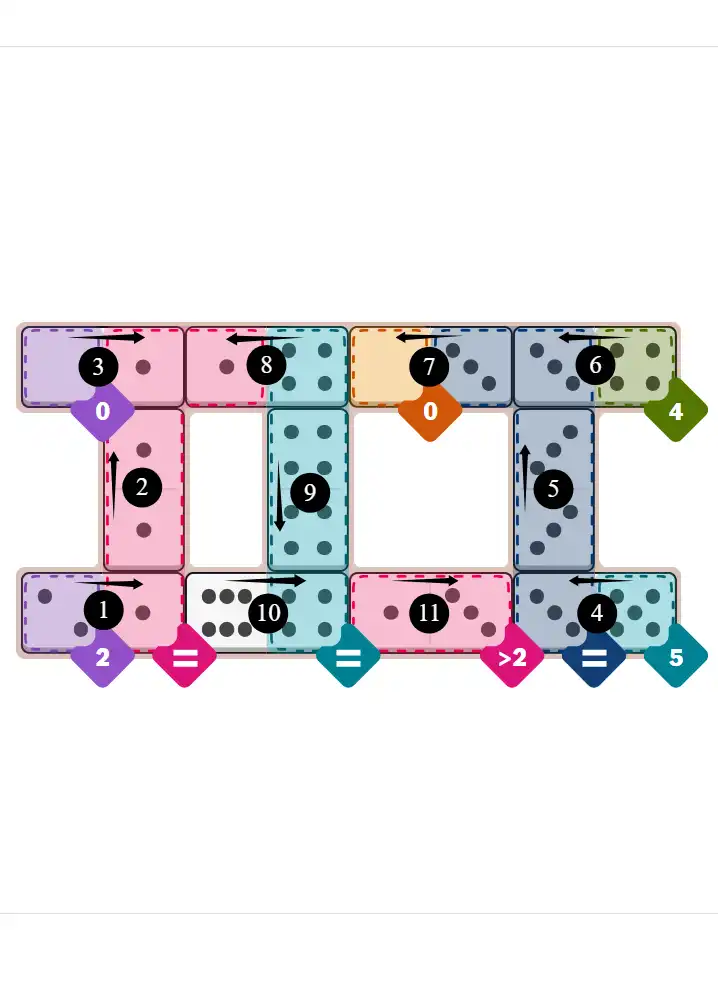
💬 Community Discussion
Leave your comment